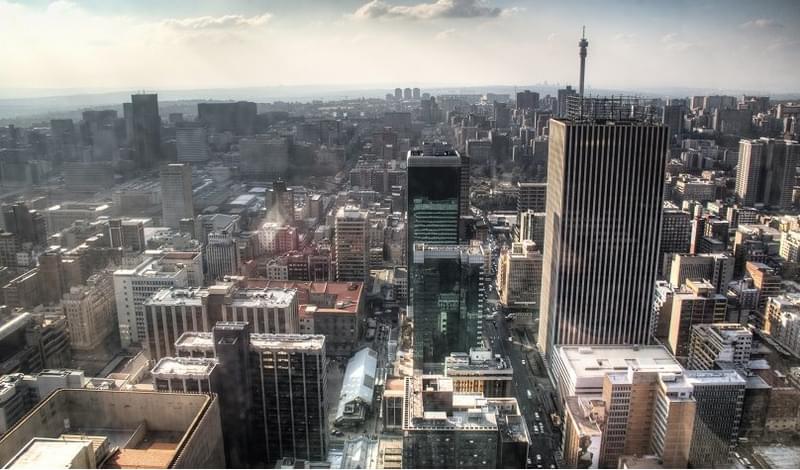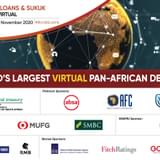The use of national discretion with respect to Basel III’s net stable funding ratio (NSFR) requirement, designed to reduce banks’ dependence on short-term funding, reduced their need to issue long-term listed debt before it comes into force on at the beginning of January 2018. But in the run-up to that deadline we could see some of the country’s larger FIs top up their Tier 1 through the issuance of Additional Tier 1 instruments. So far, just two South African banks – Nedbank and Barclays Africa – issued AT1 instruments in 2016.
At the same time, bank’s refinancing needs are likely to drive greater issuance of Tier 2 instruments.
“Combined with weak credit demand, banks notably pulled back on issuance in 2016 but we expect supply to resume in early 2017,” explained RMB analysts in a recently published credit research note.
“The potential relative shortage of bank senior paper might be partially offset by an increased supply of subordinated debt.”
Because of the requirement to replace grandfathered debt with new Basel III-compliant Tier 2 debt, 2016 saw relatively subdued refinancing needs. Subordinated bank bond issuance, on the other hand, was strong: ZAR14.5bn by the end of October 2016, of which ZAR1.9bn was Additional Tier 1.
“In 2017, however, we estimate major refinancing needs: ZAR12bn of Tier 2 debt will reach its call dates with more than 80% concentrated in the second half of the year. Therefore, we expect ample supply of T2 bank paper.”
Elena Ilkova, a credit analyst at RMB and one of the report’s authors said it is unlikely we will see a spike in Additional Tier 1 issuances beyond the two banks that already issue given where pricing is on these instruments.
“A lot of the focus tends be around Tier 2 because the country’s banks tend to be very well capitalised,” she explained. “There are a couple of things prompting banks to stay on the sidelines – particularly regulations around the resolution and recovery regime, which are expected to be introduced in 2017.”
The Special Resolution Bill, currently a draft but due to be finalised later this year, cements a wide range of important thresholds and institutional roles required under Basel III including the establishment of a financial institution resolution authority (SARB), the creation of a deposit guarantee scheme, more detailed rules on bail-in procedures, rules that enforce the creditor hierarchy (No-Creditor-Worse-Off rule), and the possible introduction of the total loss-absorbing capacity (TLAC) principle.
FIs Hampered by Slow Growth
Eroding growth and other threats to bank deposits could put additional pressure on the country’s banks to raise more capital.
South Africa went through a rating review cycle of all three major agencies near the end of last year, with many anticipating a downgrade into junk territory. S&P moved the sovereign’s local currency rating down a notch from ‘BBB+’ with a negative outlook to ‘BBB’ with a negative outlook and maintained the foreign currency rating at ‘BBB-’ with a negative outlook.
In a report released in February, the rating agency reiterated a negative outlook on the country’s banks, citing stressed household incomes and reduced housing affordability among other potential threats to deposits. It also said a number of banks are likely to restructure their funding profiles as they look to meet more stringent capital requirements introduced through the Basel III phase-in.
Fitch Ratings affirmed South Africa’s local and foreign currency rating at ‘BBB-’ but changed the outlook from stable to negative, while Moody’s retained its Baa2 rating. It also revised the outlook on Absa Bank Limited (Absa), FirstRand Bank, Investec, Nedbank, and Standard Bank to negative.
“Fitch expects sector asset quality to deteriorate moderately in 2017, due to weaker domestic conditions, including slower growth, higher interest rates and rising inflation as well as risks to operations in rest of Africa. As a consequence, we expect the industry's impaired loan ratio to rise to around 4% by end-2017, but within tolerable levels for the banks' ratings,” the agency said.
Despite rebounding from 5-years lows, GDP looks set to record a modest 1.5% in 2017 according to analysts and Standard Bank, up from a dismal 0.4% seen last year. From S&P’s perspective this GDP growth outlook is well below investment grade, which requires that SA return to a 3% potential growth trajectory over the medium term, potentially putting the sovereign on the downgrade path.









